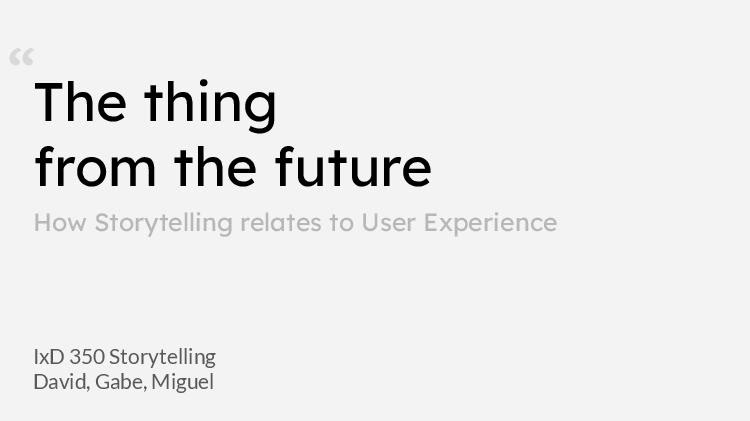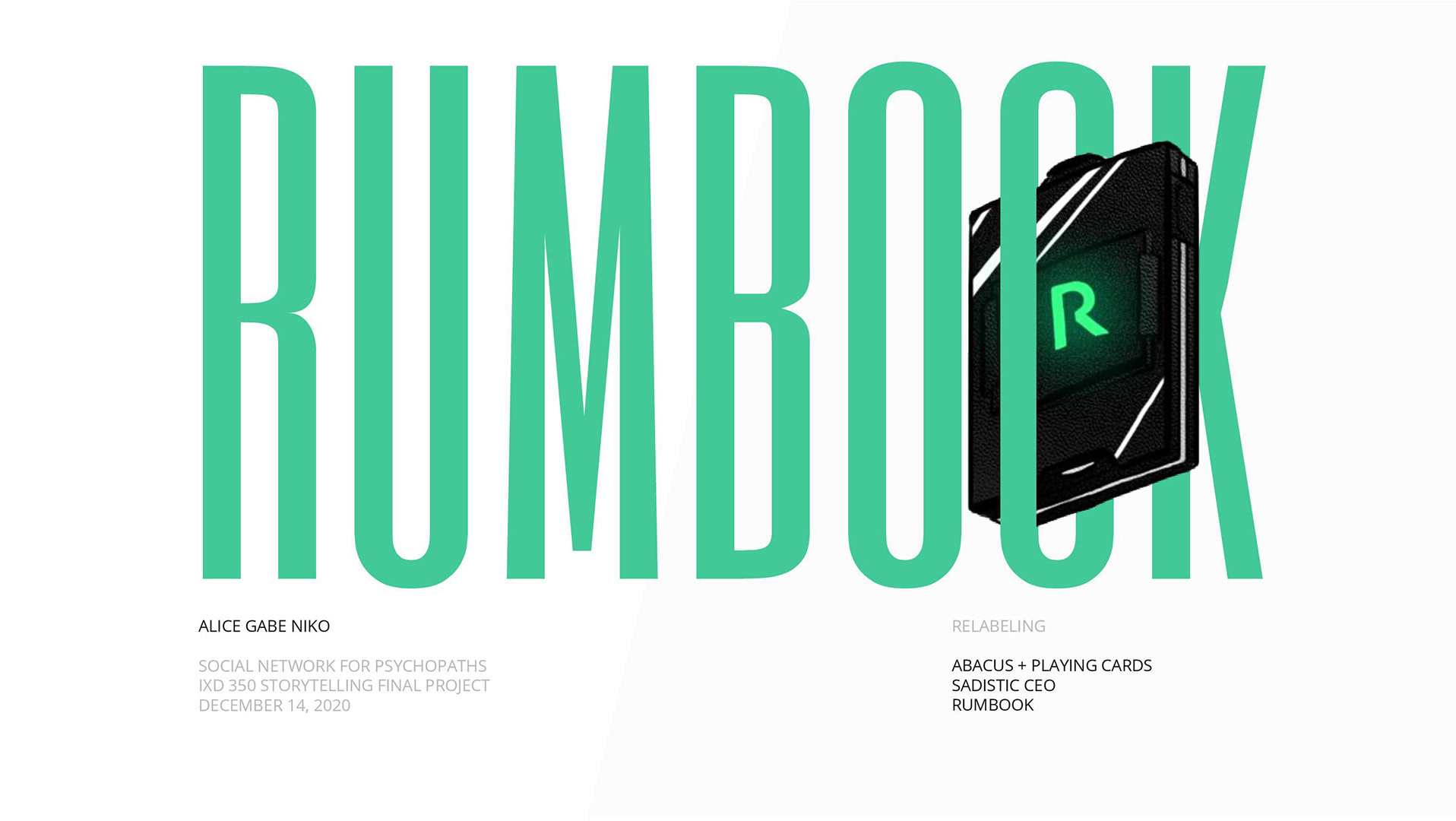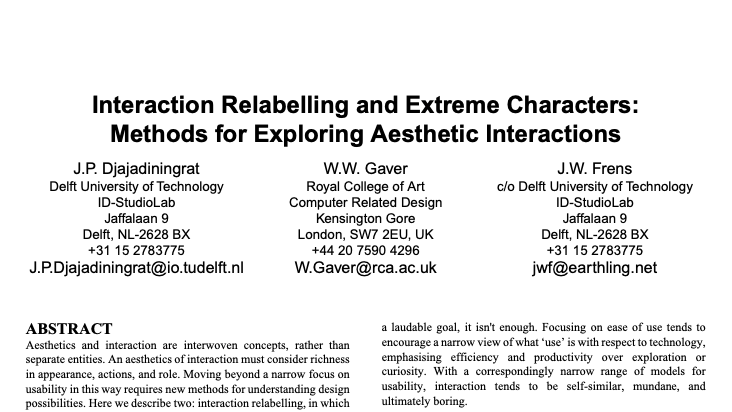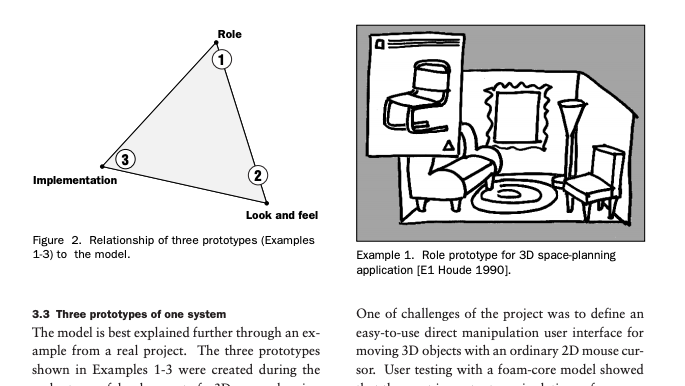For this fourth post, we read Chapter 13 in "Storytelling and User Experience". Below is my summary and interpretation of this insightful chapter about storytelling and how it applies to user experience design.
Telling the story through your own perspective can be a good way to acknowledge the difficulty of the topic and show the audience that they can come through the challenges to insights. (P. 368)
I found this quote to be particularly insightful. In other words, sometimes it is more effective to tell a story by highlighting personal challenges, rather than simply by giving advice about a particular topic. By using a personal challenge to explain an idea, the audience will likely gain a personal connection to your story. This alternative way of giving a talk or expressing an idea leads to insights for the audience, as they can better understand the idea by relating it to their personal life and experiences.
I found this quote to be particularly insightful. In other words, sometimes it is more effective to tell a story by highlighting personal challenges, rather than simply by giving advice about a particular topic. By using a personal challenge to explain an idea, the audience will likely gain a personal connection to your story. This alternative way of giving a talk or expressing an idea leads to insights for the audience, as they can better understand the idea by relating it to their personal life and experiences.
Choose details that add meaning. Use details to make the characters real, but don’t bog them down in so much detail that they (and the story) become boring. Choose details that make sense for the context of the story. Each piece of information you add should help the audience understand the character’s actions a little better. (P. 378)
The author describes the use of details, context and perspective enhances the story to make it more meaningful and relatable. In my own experience, I find books that make heavy use of stories, examples and challenges to perfectly crystalize the concept the author is trying to make (or the exact use or reason for a new application or product to exist). For example, the book 7 Habits by Steven Covey makes use of stories to help illustrate his points, allowing the reader to visualize themselves in these situations and see how to apply his 7 Habits to everyday life and business. In a book, every single sentence is there on purpose to DRIVE the main theme of the story, nothing extra.
The author describes the use of details, context and perspective enhances the story to make it more meaningful and relatable. In my own experience, I find books that make heavy use of stories, examples and challenges to perfectly crystalize the concept the author is trying to make (or the exact use or reason for a new application or product to exist). For example, the book 7 Habits by Steven Covey makes use of stories to help illustrate his points, allowing the reader to visualize themselves in these situations and see how to apply his 7 Habits to everyday life and business. In a book, every single sentence is there on purpose to DRIVE the main theme of the story, nothing extra.
These ingredients—perspective, character, context, imagery, and language—support the events and make the story come alive in the minds of the audience, thereby creating the experience of the story.(P. 404)
Lastly, in summary, in order to create a captivating story (and ultimately a product that audiences can relate and connect to), a well crafted story is required. A combination of ingredients all work together to provide the perspective and context to give your story more meaning for the user, and product.
Lastly, in summary, in order to create a captivating story (and ultimately a product that audiences can relate and connect to), a well crafted story is required. A combination of ingredients all work together to provide the perspective and context to give your story more meaning for the user, and product.











